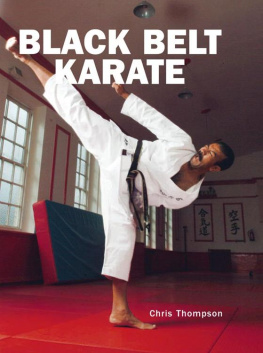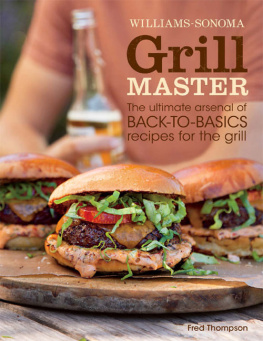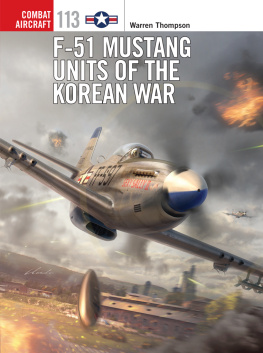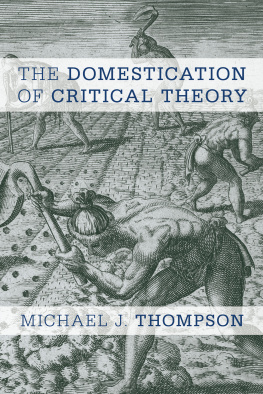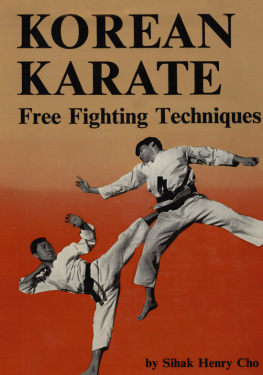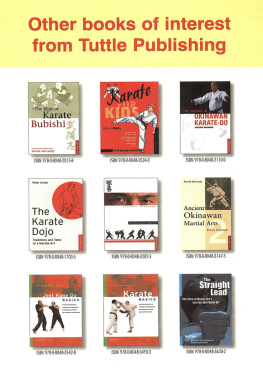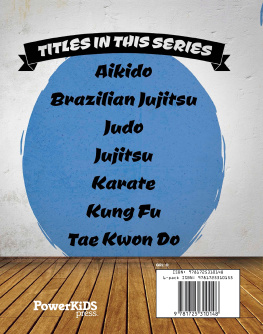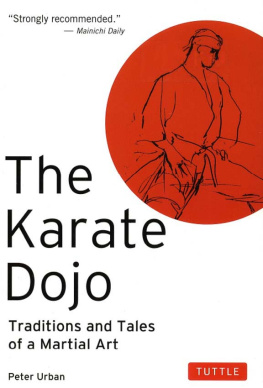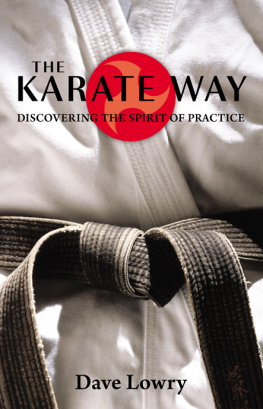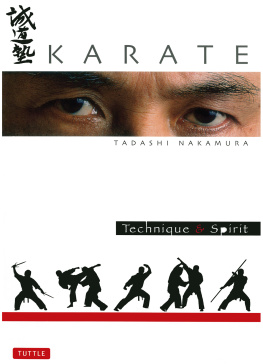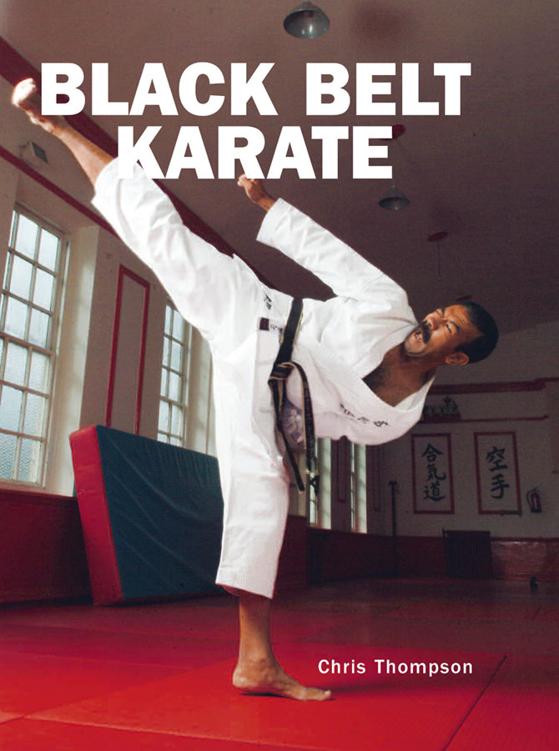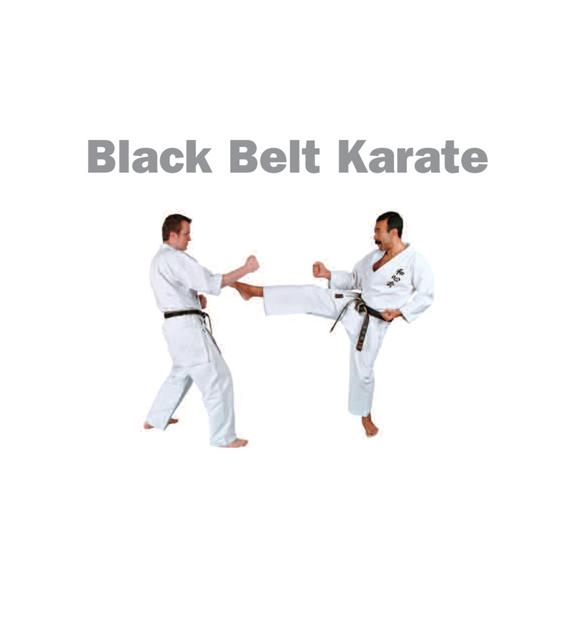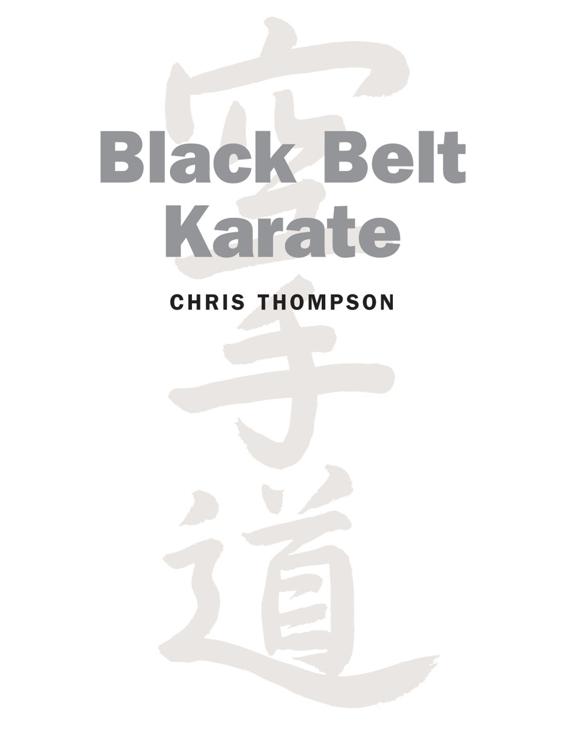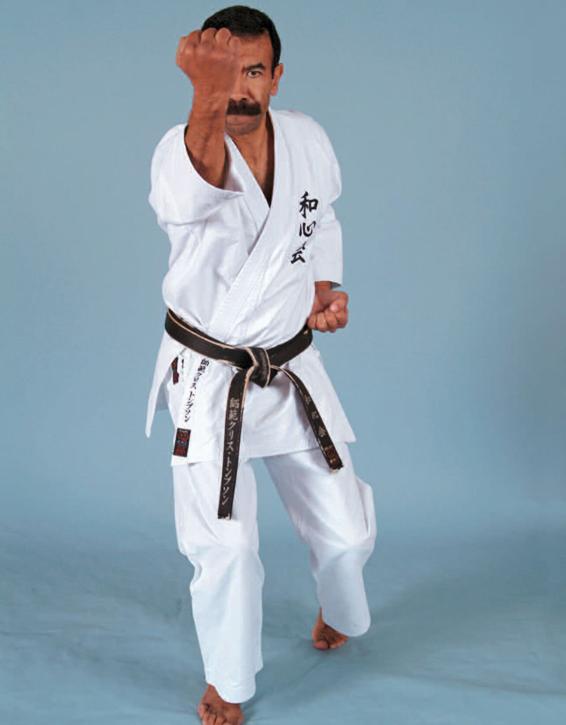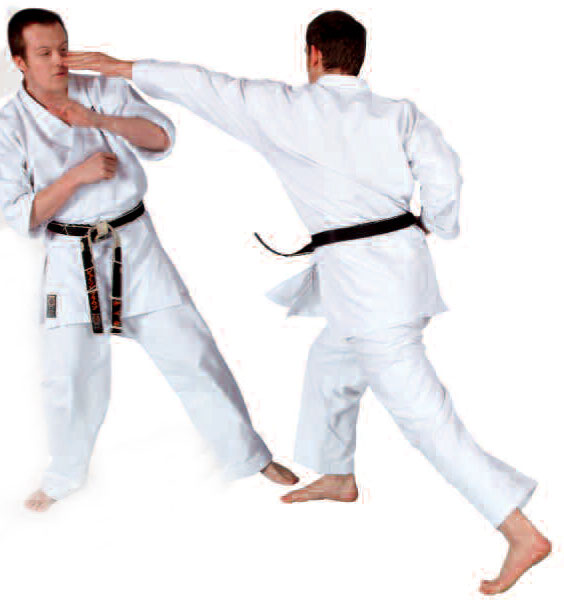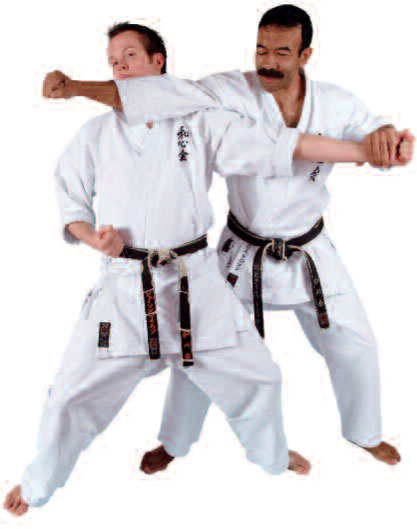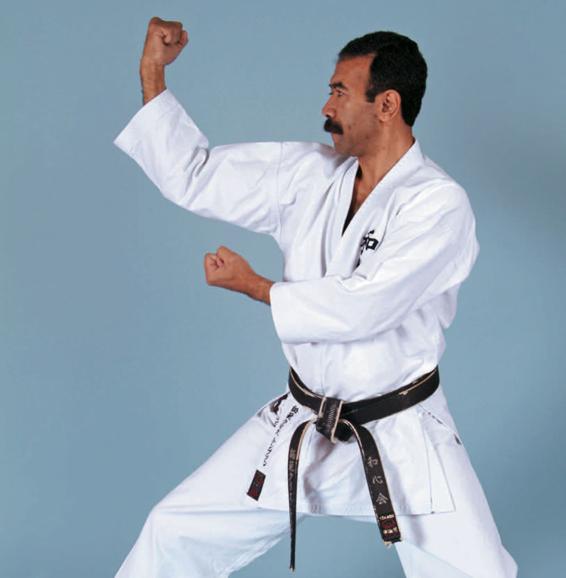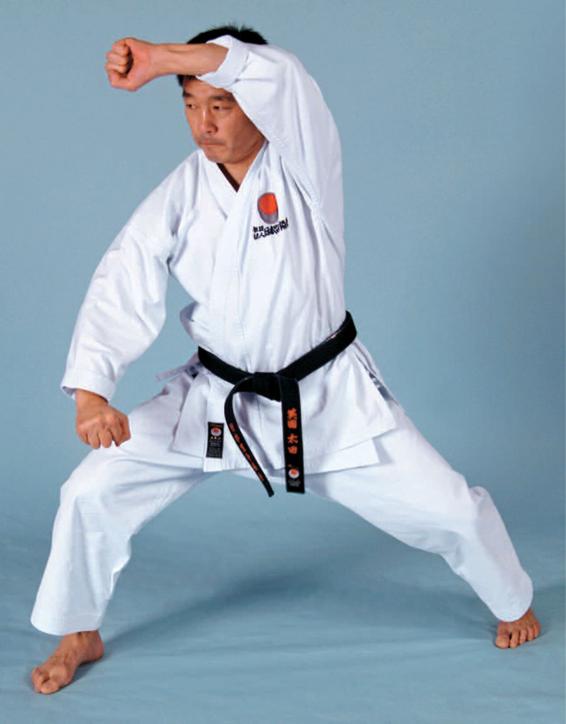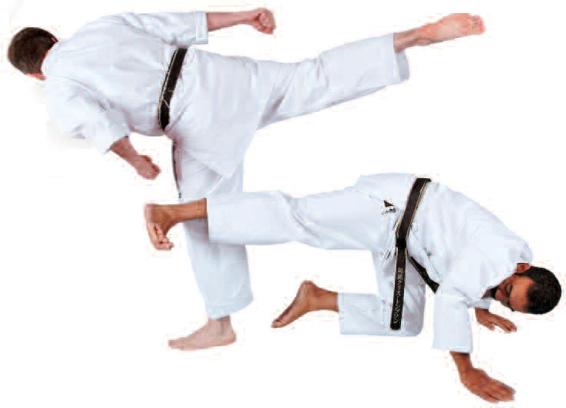Contents
Part One
Introduction to karate
1 WHAT TO LOOK FOR IN A CLUB
2 A SHORT HISTORY OF KARATE
The origins, growth and enormous popularity of the sport today
3 STYLES OF KARATE
Shotokan, Wado-ryu, Goju-ryu, Shito-ryu and Kyokushinkai karate
4 THE KARATE BASICS
kata and ji-yu kumite
5 WHAT IS A BLACK BELT?
Criteria for getting a black belt and what it means
6 COMPETITION KARATE
Shobu Ippon, the World Karate Federation and the importance of a gasshuku
Part Two
Karate fundamentals
The etiquette of the dojo
UNDO
Limbering up and stretches
WAZA
Basic techniques punches, strikes, kicks, stances and blocks
TRAINING
Impact training for the body, and a demonstration of the power of the technique
11 BASIC DRILLS
Punches and blocks, striking techniques, escaping techniques, blocking and countering
GUMITE
Examples of prearranged pairwork
TRAINING
An explanation of kata and a demonstration of jion kata
WAZA
Throwing techniques
YU KUMITE
Freestyle sparring
16 KARATE WAZA USED IN SELF-DEFENCE
Part Three
Competition karate
ATTIRE
18 COMPETITION KUMITE
Categories, WKF competition rules, prohibited behaviour, tournaments, jissen training and referees commands and signals
19 COMPETITION KATA
WKF rules, judges, how a match works and the criteria used for a decision
20 KARATE TITLES
Japanese ranking terms and belt colours
APPENDICES
Correct tying of the obi
Glossary of terms
Glossary of Japanese terminology
WKF major kata allowed in competition Fighting flag signals
INDEX
CREDITS AND ACKNOWLEDGEMENTS
The stance gyaku nekoaschi-dachi (reverse cat stance) where the attacker has placed per cent of his bodyweight onto the front leg to carry out a strike to the head.
Preface
Karate is the art of unarmed combat using parts of the body as weapons: hands, feet, elbows, knees and even the head. It has also become an exciting sport providing a fascinating and exhilarating challenge for anyone taking it up, regardless of age or sex. Through systematic and prolonged training, mental as well as physical, over many years, one can become proficient in the art.
There are many reasons why people are attracted to karate. It still holds an air of mystery, and to be a black belt is a title that appeals to many. To be able to defend oneself in any situation, without requiring weapons other than those one was born with, is inspirational. Obviously, most people who have never taken up the art of karate will have heard of its benefits, such as gaining a greater fitness and confidence. Yet there is much, much more that karate has to offer. An inner peace can be developed as well as a feeling of well-being. I believe karate makes one a better person. I do hope you find, or have found, a sensei (teacher) who will guide you the right way on your long and enjoyable road of training in karate-do.
This book is aimed at students who have already started the long path in the study of karate. The techniques shown are not for beginners in the art, but for the intermediate student and black belts therefore, a certain degree of skill must have been obtained before embarking on the techniques shown here.
The attacker on the right strikes to his opponents face with a left yonhon nukite jodan (four-finger spear hand at head height).
To be capable of looking after oneself, all aspects of self-defence must be practiced regularly, not just kicking, striking and punching. Karate-do encapsulates all of this and the movements must be repeated as often as possible, whether you are training on your own, or with a partner. The aim of all karate practice is to make techniques instinctive, delivered without any hesitation whatsoever.
Black Belt Karate gives a brief history of how the karate we are now studying came into being and how it has developed from the latter part of the last century right up to the modern day. The book also describes how sport competition karate is now the driving force behind many karate schools, which makes it very attractive to younger practitioners. The lack of emphasis in many schools on traditional karate values and ethos has led to a fall in the number of adult students, but this book is suitable for all ages and aims to further your karate education and all-round development.
A reinforced block using the right forearm.
Migi morote uke delivered in right back stance, kokutsu
The opening movement from the Japanese Karate Association Shotokan kata sochin.
Introduction to karate
Karate is an exciting and exhilarating art and is open to everybody. Size, sex and height do not matter; you can become proficient at karate as long as you start learning from an expert sensei (teacher literally, one who has gone before). Having a good sensei to guide you not only means that he or she can make you proficient and capable of looking after yourself, but also carries a lot of other benefits. These include confidence-building, improved self-discipline, physical fitness and self-protection. With confidence, an aura is given out, hopefully making one less of a target to a bully.
There are so many positive character-building attributes to karate. Many organizations aim to instil more humility, courtesy and integrity in their students with regular and vigorous training. The aim for all students, as well as teachers, is to respect others who show commitment, to possess equanimity, and to be honest and responsible. The whole ethos of studying karate-do is a positive one.
Striking an opponents leg in prearranged pairwork.

